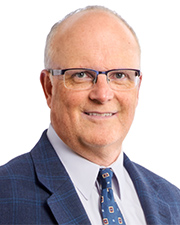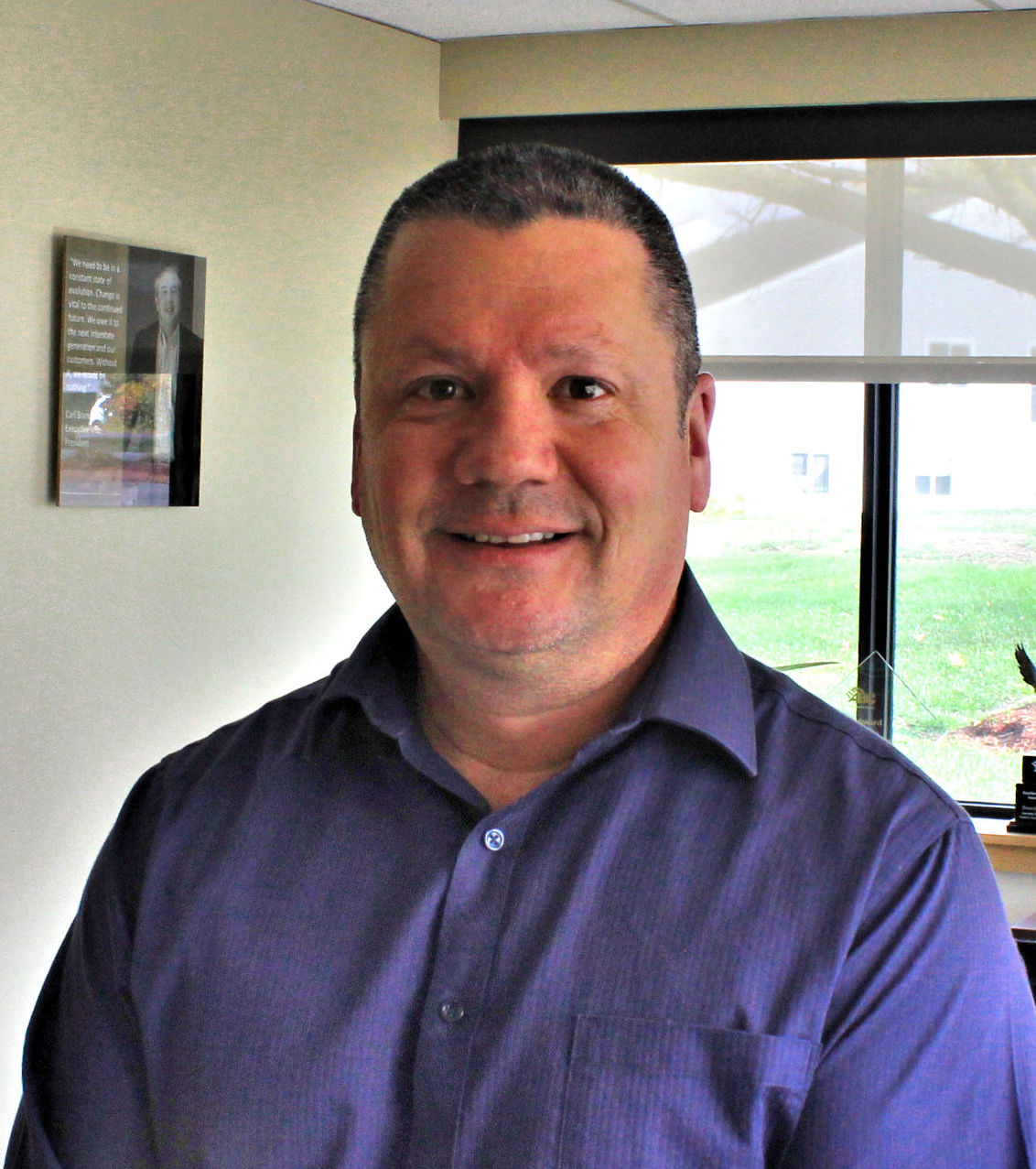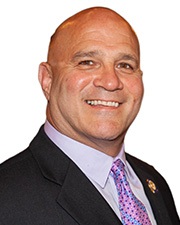News:
Construction Design & Engineering
Posted: March 20, 2008
Colliers Meredith & Grew's Winter 2007-2008 Greater Boston Biotech REview
Massachusetts ranks as one of the most significant biotechnology clusters in the world, anchored by the vibrant Boston and Cambridge scientific, medical and academic communities. The availability of a skilled, highly-educated workforce, as well as proximity to research partners and collaborative opportunities, attracts many of the world's biotech and pharmaceutical companies to the area. According to the Mass. Biotechnology Council (MBC), there are over 400 biotech companies located in the state, employing roughly 43,000 workers representing a payroll of over $5 billion. MBC cites the pipeline of drugs currently being developed by local companies to represent 7% of the global drug pipeline.
Funding for this research-driven industry comes from a number of sources both public and private. After nearly doubling in size from 1998-2003, awards to research institutions from the National Institutes of Health have since been flat to negative. Collectively, Massachusetts institutions rank second to California in total awards each year since 2002 and have consistently outranked other states on a per capita basis. The chart below depicts total funding by the top recipient-states for the past three years. While generally flat, more significantly this represents a negative trend in real dollars.
Competition to attract life science firms is fierce, both within the United States and globally. At the state level, the Patrick administration filed legislation in July to support a 10-year, $1 billion life sciences initiative aimed at providing funding for research grants, training programs, and tax incentives for life science companies. Additionally, the Mass. Life Science Center, a quasi-public agency voted in October 2007 to approve more than $8.2 million to fund the establishment of a Stem Cell Registry and Bank at the University of Mass. Medical School in Worcester and $12 million in funding for matching grants investments. Governor Patrick has also cited a commitment to streamline the development process and to identify communities and sites where biotech firms can have permits issued within 180 days.
INVESTMENT ACTIVITY — VENTURE CAPITAL, ALLIANCES AND IPOS
Venture capital (VC) investment in Mass.-based firms totaled $3.5 billion in 2007, with 25% or nearly $900 million invested in biotechnology companies. Although primarily focused on companies in the later stages of the drug-development cycle, this represents an increase over each of the past two years, and a record level of investment in local biotechs.
The average transaction size was just over $10 million, with many of the larger VC investments occurring during the first half of 2007 and involving later-stage fundings to companies located in Cambridge.
The initial public offering (IPO) market experienced a mixed response to the handful of biotechs that began trading in 2007, all of which debuted in the first half of the year. Conditions in the debt markets, while not biotech-related, nonetheless affected investor appetite for new shares in the second half of 2007.
LEASING MARKET STATISTICS
The greater Boston commercial lab market totals16.1 million s/f.
BOSTON LAB MARKET
At 2.7 million s/f, Boston's lab supply is primarily concentrated in (i) buildings proximate to the hospitals and research institutions in the Longwood Medical Area (LMA); (ii) facilities occupied by the Mass. General Hospital in Charlestown and on Cambridge St.; and (iii) BioSquare, a lab development located adjacent to Boston Medical Center on Albany St. and sponsored by Boston Medical Center and Boston University.
As it has been for the past several years, availability of lab space in the LMA is virtually non-existent. There is relief on the immediate horizon, however, as the 702,940 s/f Center for Life Sciences Boston (CLSB) located at 3 Blackfan Circle is expected to complete construction later in the first quarter. BioMed Realty Trust acquired the property over a year ago from Lyme Properties, 82% pre-leased to an impressive roster of institutional tenants.
Since acquiring CLSB, BioMed has aggressively pushed asking rents, with recent proposals for a 10-year lease quoted in the $95 to $105 per s/f NNN range with a landlord funded tenant improvement allowance ranging between $0 and $100 per s/f. These terms represent an average rental increase of 35-40% compared to existing signed leases in the building.
Beth Israel Deaconess Medical Center's (BIDMC) move into CLSB will likely provide for the availability of approximately 225,000 s/f of existing lab space in the third quarter as BIDMC consolidates its operations from multiple locations.
Boylston Properties plans to develop a new, six-story 130,000 s/f lab-ready building at 121 Brookline Ave. The property is being marketed as The Longwood Research Center and construction will begin once a lead tenant has been identified.
Another research and lab project in the LMA development pipeline is proposed at Brookline and Longwood Aves. by a joint venture of National Development, Alexandria Real Estate Equities and Charles River Realty Investors. In January, the developer presented its plans for a nine-story, 350,000 s/f building to be leased to the Joslin Diabetes Center and other tenants.
Two miles east of the LMA, another 2 million s/f of development potential exists at BioSquare, a research lab and office complex near the Boston University Medical School. Four existing buildings total over 500,000 s/f and primarily serve the research needs of the Boston University Medical Center and its affiliates along with some private industry and incubator space. In 2003, Boston University Medical Center, a consortium of Boston University and Boston Medical Center, was awarded a federal grant to construct a bio-safety Level 4 laboratory. Known locally as "BioLab," the facility will house the National Emerging Infectious Disease Laboratories (NEIDL). The 151,000 s/f facility will also contain associated BSL-2 and BSL-3 labs, animal and insectary facilities, research support space and a clinical area. Construction began in 2006, is now more than 70% complete, and is scheduled to open by 2009, subject to environmental reviews and pending legal action.
CAMBRIDGE LAB MARKET
The vacancy rate for Cambridge's 8.3 million s/f lab market increased from 12.9% to 13.7% during 2007, as the result of several factors. First, tenant demand decreased significantly during the second half of the year. Second, available supply increased due to new construction (301 Binney St. - 310,000 s/f) and to existing labs being vacated by tenants moving to the suburbs. Third, as a result of rent spikes during the first half of the year and the lack of quality space options, a number of tenants migrated to the western suburbs with Cambridge companies leasing over 550,000 s/f in Waltham, Lexington, and Waltham.
Heading into 2008, demand in the market is fairly light. On a positive note, there has also been an up-tick in the number of start-ups and young companies looking for space.
Available supply increased during 2007, as a few large blocks of space - both new and existing- became available.
Despite the rising vacancy rate, a tenant's choices in the market remain somewhat limited. 301 Binney and 200 Tech Square represent the top new product in the market and are offered at record-high rental rates ($68-$78 s/f NNN). The majority of the available existing lab space is 15 to 20 years old. The reconfiguration and renovation of these existing spaces presents a challenge for landlords in that the size, space configuration, type of lab, MEP systems and capacities are not easily adapted for new tenants. High-quality existing lab space continues to re-lease very quickly once it becomes available. The strong demand in the early part of 2007 prompted landlords to aggressively raise asking rents for their new product. On average, asking rents for new product sponsored by biotech REITS, BioMed and Alexandria are 20% higher than at 2006 year end.
The significant trend in 2007 was the number and size of companies making the decision to leave Cambridge and relocate to the western suburbs. The spike in Cambridge rents, the lack of large blocks of contiguous space, and the poor quality of much of the existing lab supply prompted many companies to seek more economical, higher quality alternatives in the suburbs with greater expansion flexibility.
SUBURBAN LAB MARKET
The suburban lab market totals 5.1 million s/f and is spread over a wide geographic area.
The suburban lab vacancy tightened significantly during the second half of 2007, ending the year at 9.1%, compared to 17.1% at mid-year. This dramatic decline was due to the significant migration of Cambridge tenants attracted by the lower rents, quality spaces, and expansion flexibility offered in the suburbs. Cambridge tenants were attracted to spaces in the western inner suburbs and along west and northwest Rte. 128.
New leases signed in these markets totaled over 400,000 s/f during the second half of 2007. Additionally, another 332,000 s/f of lease commitments were pending in these markets.
On the supply side, given the recent robust leasing activity and commitments made, the Rtes. 128 west and northwest lab markets have tightened dramatically. Currently there are very few large blocks of space available.
Rents for existing Class A lab space located in the Rtes. 128 west and northwest submarkets range from $25-$42 per s/f NNN depending on quality, age and location. Rents for new biotech-ready shell space in the same markets ranged from $37-$43 per s/f NNN and include a landlord-funded tenant improvement allowance ranging from $130-$160 per s/f.
Genzyme has completed its new, six story, 177,000 s/f Science Center located at 49 New York Ave. in Framingham and is currently pursuing LEED Gold Certification for the building. The new laboratory facility is the signature building on Genzyme's Framingham campus. The project includes a separate central utilities building that presently supplies the new building and was designed with the capacity to serve future research, manufacturing, and development buildings on the campus.
Shire's leases and commitments, detailed in the previous section of this report, are all located in Lexington Technology Park, a 96.5-acre campus at the intersection of Rtes. 2 and 128. The site was the former corporate headquarters for Raytheon and redeveloped by Patriot Partners. Shire has leased 125 Spring St. and 300 Patriot Way, and committed to lease an additional 30,000 s/f in 500 Patriot Way, all to be used for research laboratories and office space. The commitment at 400 Patriot Way is for a 180,000 s/f, build-to-suit manufacturing facility on which Shire has future purchase options. The company also has expansion rights at the final building at Lexington Technology Park, the proposed 168,000 s/f 200 Patriot Way.
Reprinted in part from Colliers Meredith & Grew's Winter 2007-2008 Greater Boston Biotech REview.
Joseph Flaherty is the executive vice president of Colliers Meredith & Grew, Boston.
Colliers Meredith & Grew is pleased to provide a copy of its Winter 2007-2008 Biotech REview, with commentary on trends and statistics pertaining to the greater Boston biotechnology industry and commercial lab markets. At the end of the fourth quarter, the vacancy rate for the 16.1-million-square-foot lab market was 10.1%. For further details on the Boston, Cambridge, and Suburban Boston lab markets, including a discussion of selected projects in the development pipeline, CLICK HERE to view the report.
MORE FROM Construction Design & Engineering
Timberline Construction Corp. completes renovation for Notre Dame Long Term Care facility
Worcester, MA Timberline Construction Corp. (Timberline) has completed an 18-month, 55,000 s/f renovation of the Notre Dame Long Term Care facility. The project transformed the nursing home into a modern, community-driven and patient-focused environment

Quick Hits
Columns and Thought Leadership

Navigating tariffs and material uncertainty in today’s construction market - by Karl Ginand and Tiffany Gallo
As headlines around tariffs seem to dominate the news daily, many considering construction projects have anticipated major cost escalations and widespread supply issues. While tariffs haven’t driven pricing spikes to the extent once feared, the lasting impact has been a new layer of uncertainty, affecting more than just budgets.

It’s time to lead: Confronting mental health in construction - by David Watts
As we close Mental Health Awareness Month, we must be clear: May isn’t just about ribbons, hashtags, or lunchtime mindfulness apps. It’s about responsibility to confront hard truths that linger in silence, and to challenge ourselves, as leaders in our industry, to do more.

Ask the Electrician: How do I prepare my commercial building for a disaster?
New England’s notorious weather – from fierce winter storms to summer squalls and fall hurricanes – can leave businesses in the dark. While power outages are often blamed on storms, they can also be caused by unforeseen events like accidents or construction mishaps.

Insulation experts are the unsung heroes of our clean energy progress - by Jeffrey Saliba
While not as well-known as Nobel-prize-winning economists, politicians, or international climate activists, your local union insulators are essential to reducing harmful carbon emissions across Massachusetts. We’re proud to advocate for cleaner energy in the halls of power, as well as do the skilled, physical work in schools, office buildings,

 (1) (1).png)








.png)
.png)